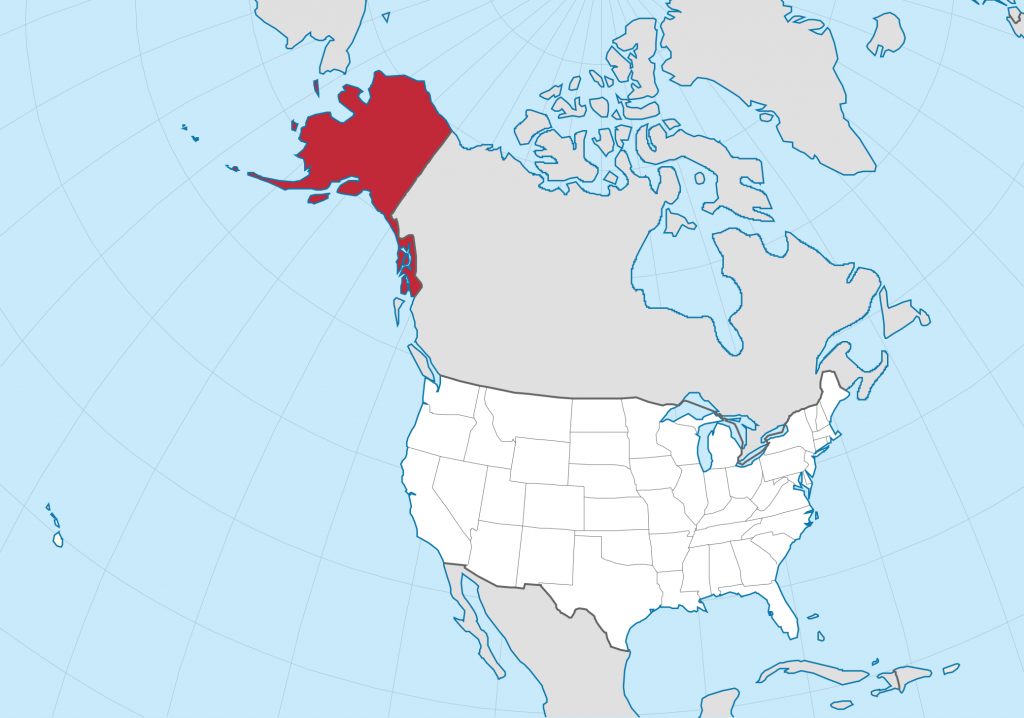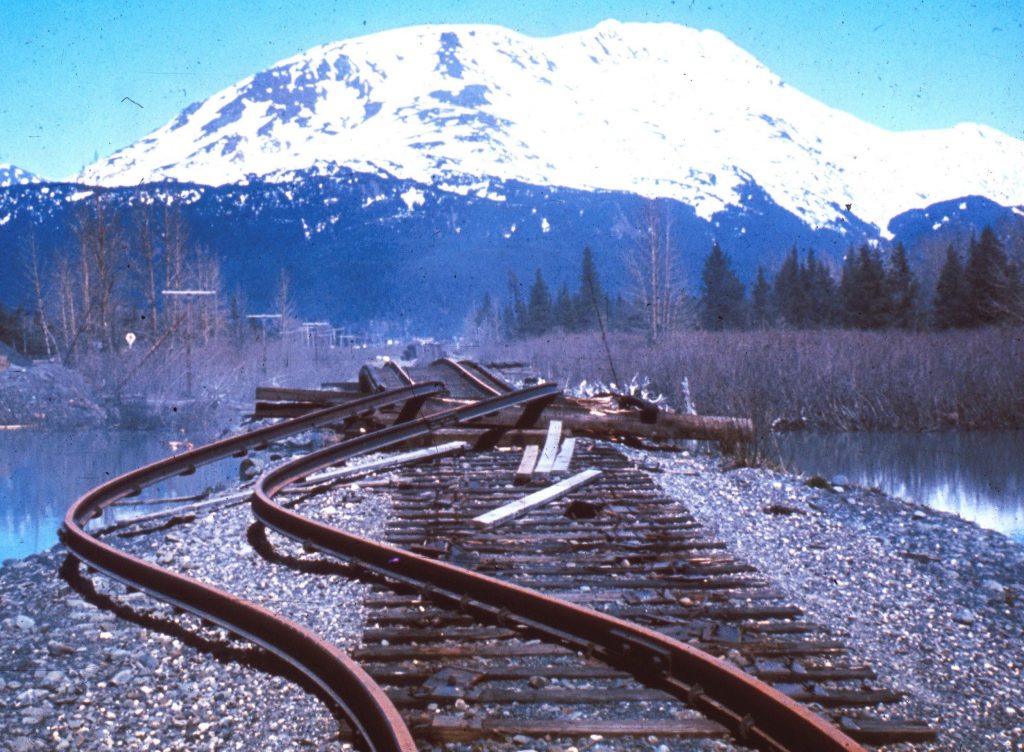InTrans / Jan 29, 2018
Railway in Alaska
Go! Magazine
 posted on January 29, 2018
posted on January 29, 2018
Alaska is sprinkled with small towns that make up the populace of the most sparsely-populated state in the U.S., known for its mountains, forests, and abundant wildlife. Perhaps one of the best ways to traverse Alaska is by train, where one can see the sights the beautiful frontier has to offer from the comfort of a train car.
Found in the southern portion of the state, Alaska has its own railroad that extends from Seward to Fairbanks. The Alaska Railroad carries both passengers and freight throughout its system, including through Denali National Park, and is one of the last running railroads to cater to both passenger and freight travel. Travelers of all ages may agree that one of the best ways to travel Alaska has to be by rail.
History
In 1903, a private company began to assemble what would one day be known as the Alaska Railroad. The company, known as the Alaska Central Railway, took advantage of the fact that rich natural resources like coal, gold, and other minerals needed to be transported across the state from its interior to the coast. By 1909, the company had laid 50 miles of track before going bankrupt. The company reorganized as the Alaska Northern Railway and added another 20 miles of track to the line. Goods could now be shipped 70 miles along the railway from Seward.

In 1914, Congress authorized construction that would add a whopping 470 miles of track to the rail line, stretching the track from Seward all the way to Fairbanks. The following year, the 70 miles of existing track established by the Alaska Northern Railway were purchased by the new Alaska Railroad Corporation. They planned to complete the railway plans with a $35 million budget, but ended up spending almost twice as much. Construction for the railway reached its peak in 1917, when there were 4,500 construction workers employed by the rail line.
The railroad was officially completed on July 15, 1923. It served as a salient tool for the nation during World War II, when it was used to move materials and supplies needed for the war effort in Alaska, which included construction of two military bases in Anchorage and Fairbanks. The railway saw heavy usage during the war and it called for $100 million worth of renovations and upgrades. The railway was renovated again after March 27, 1964, when a 9.2 magnitude earthquake, the largest ever recorded in North America, caused over $30 million worth of damage to the line.

Ride the railroad
The Alaska Railroad still chugs along today. Its major routes start in mid-May and run until mid-September. If the Alaska Railroad is calling your name to come take a ride, there are a few things concerning scheduling and weather that you may want to keep in mind (even if you’re just dreaming for now!)
The railway website says that traveling in May or early June is a good way to miss some of the crowds that Alaska tends to draw during its busiest months (mid-June to the later part of August), and the rail even offers discounts during May and September. That said, the rainier weather in August, and the colors added to the landscape during the fall months, make the journey visibly different along the tracks from mid-August to mid-September.
Alaska Railroad train waiting on the tracks. Photo author Brandon Wood via Wikipedia
The weather is called “unpredictable.” Summer temperatures can range from the 50s to the 70s or higher along the railway, with Fairbanks generally being the hottest rail destination. On the other hand, towns like Whittier and Seward can be cooler and typically see more precipitation. In general, the earlier and later parts of the season during which the railroad runs see cooler temperatures and milder weather, so keep that in mind if you plan on taking a ride! You could even be the one driving the Alaska Railroad forward as a railway worker! Possibilities await you along the railbelt!
References
alaskatrain.com/information/history.html
alaskatrain.com/information/faq.html
www.usclimatedata.com/climate/alaska/united-states/3171
Related links
FAQs: alaskatrain.com/information/faq.html
Moving to Alaska: www.alaska.net/weather.html
(Article) Transportation & me: A railroad worker
By Hannah Postlethwait, Go! Staff Writer